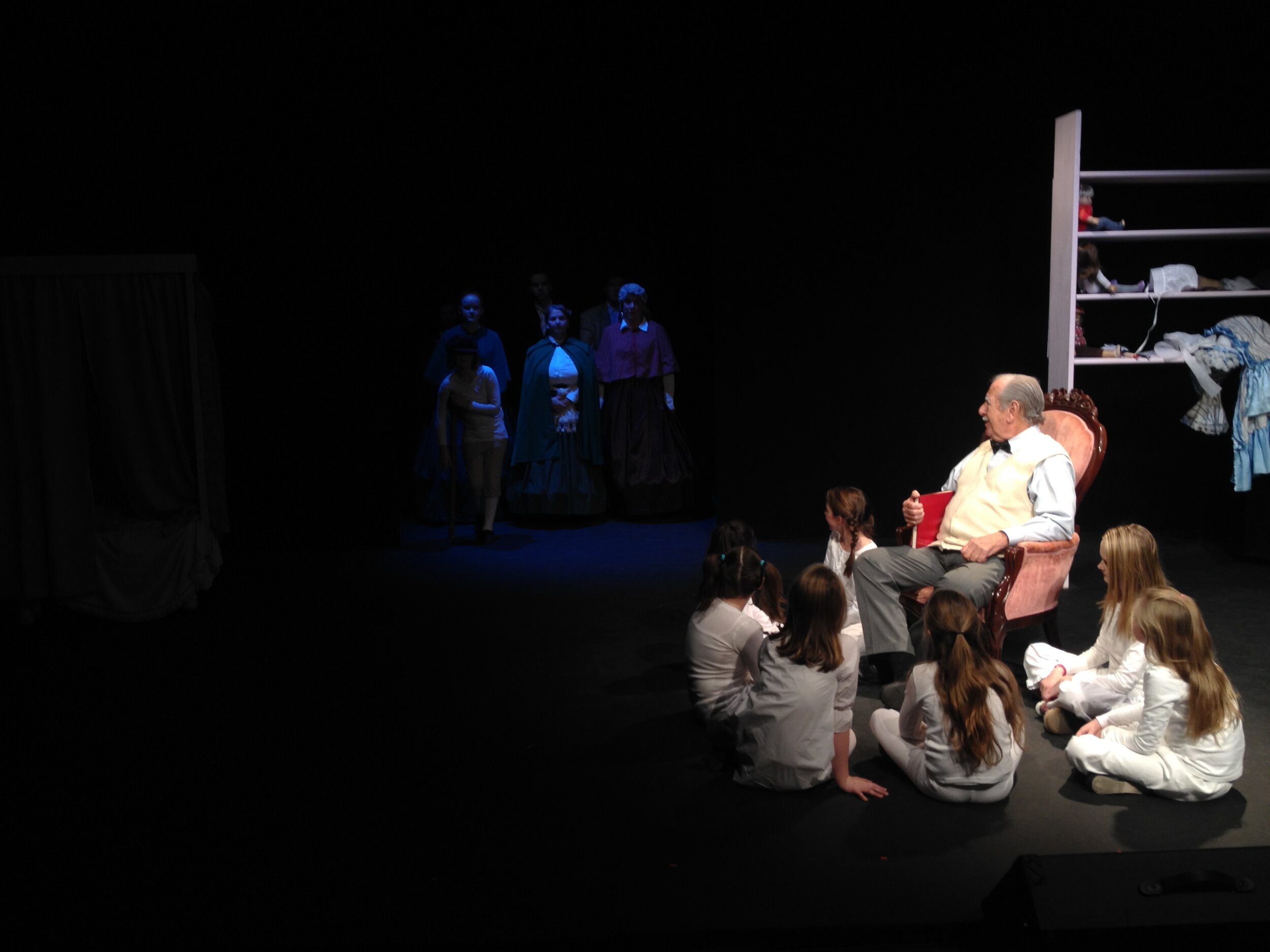Shameless Self-Promotion: Christmas Carol!
/In 1979, through no fault of my own, I assumed control of the Newnan Community Theatre Company as artistic director (a position which had not existed before). The following spring, the gang and I were discussing ways to chart the group’s path forward and the idea came up that we needed something like The Nutcracker, the holiday staple that many dance companies rely on to generate income.
“Dale!” someone cried, “You should write us a Christmas Carol! We could do that every year!” Unaware that that way madness lay, I set to work.
Pro tip: To adapt Charles Dickens’s immortal classic, all you have to do is
Copy all the dialog into your script.
Connect the dots with enough narration to make it flow. (Remember, everyone already knows the story.)
Write the songs.
See? Easy. It’s why I’ve never tried to market or publish my CC: everyone has their own version.
Anyway, the show premiered to great acclaim in 1980 and immediately became a beloved holiday classic, as we say in the trade. It was very easy to stage, because as the years went by everyone already knew it. Actors who had started out as Young Cratchits graduated to Young Ebenezer or Ghost of Christmas Past and on to Topper and Scrooge’s Niece. I could call a kid who had gone off to college, ask them if they wanted to play Fred, and just pencil them into rehearsals; they’d arrive with a week to go before opening and just drop into the role.
The songs are solid — “The Cratchits’ Prayer” is a tearjerker, “Ignorance & Want” is a showstopper, and “People Like Us” is a great 11:00 number — but my crowning achievement, I think, is the “Finale.” If you go check the book, the story is over in a couple of pages after Scrooge awakens on Christmas morning. Other versions feel compelled to flesh all of that out in complete scenes, whereas in my version, once he wakes up it’s all over but the shouting: the music whirls us from “Hey, boy, what day is today?” to the streets (and the GOOSE) to the office to Fred’s to “He did it all, and infinitely more,” winding up with a reprise of Fezziwig’s infectious “A Reason for Laughter.” Three minutes, big finish, thunderous applause.
Of course we eventually tired of it and began to cycle through other classics like Best Christmas Pageant Ever and The Farndale Avenue Housing Estate Townswomen's Guild Dramatic Society's Production of 'A Christmas Carol'. After I left the position of artistic director in 2002 it fell into disuse, but was revived in 2014 in a production that unfortunately left so much to be desired that my Lovely First Wife, who had forbidden me decades before from ever directing during the holidays, leaned over and said, “Next year you’re directing this.”
Which leads me to my final selling point: The 2015 production went swimmingly, so swimmingly that the whole cast enthusiastically agreed they would all return in 2016. Except they didn’t. Instead, auditions were full of little girls and very few adults — fewer than eight. Oy.
As Grandfather begins reading Natalie and her friends his favorite holiday ghost story, figures appear from the darkness.
Undaunted, I spent the weekend writing a frame story [ed. note: we hate frame stories] involving a selfish little girl whose birthday is on Christmas and who is therefore a pig about it. When her grandfather breaks up a fight at her sleepover, she demands a ghost story. And so he obliges.
You know what? It worked, and it worked beautifully. The little girls went from passive consumers of Story to gradually being caught up in the action themselves to the Finale, where they confidently stepped forward with Grandfather to narrate the end of the Story. Turn turn kick turn — yes, it will work!
So there you have it: A Christmas Carol, a play with music by Dale Lyles (additional lyrics by Marc Honea). I’ve never uploaded the vocal scores, but they’re available upon request.
It is worth your time.



